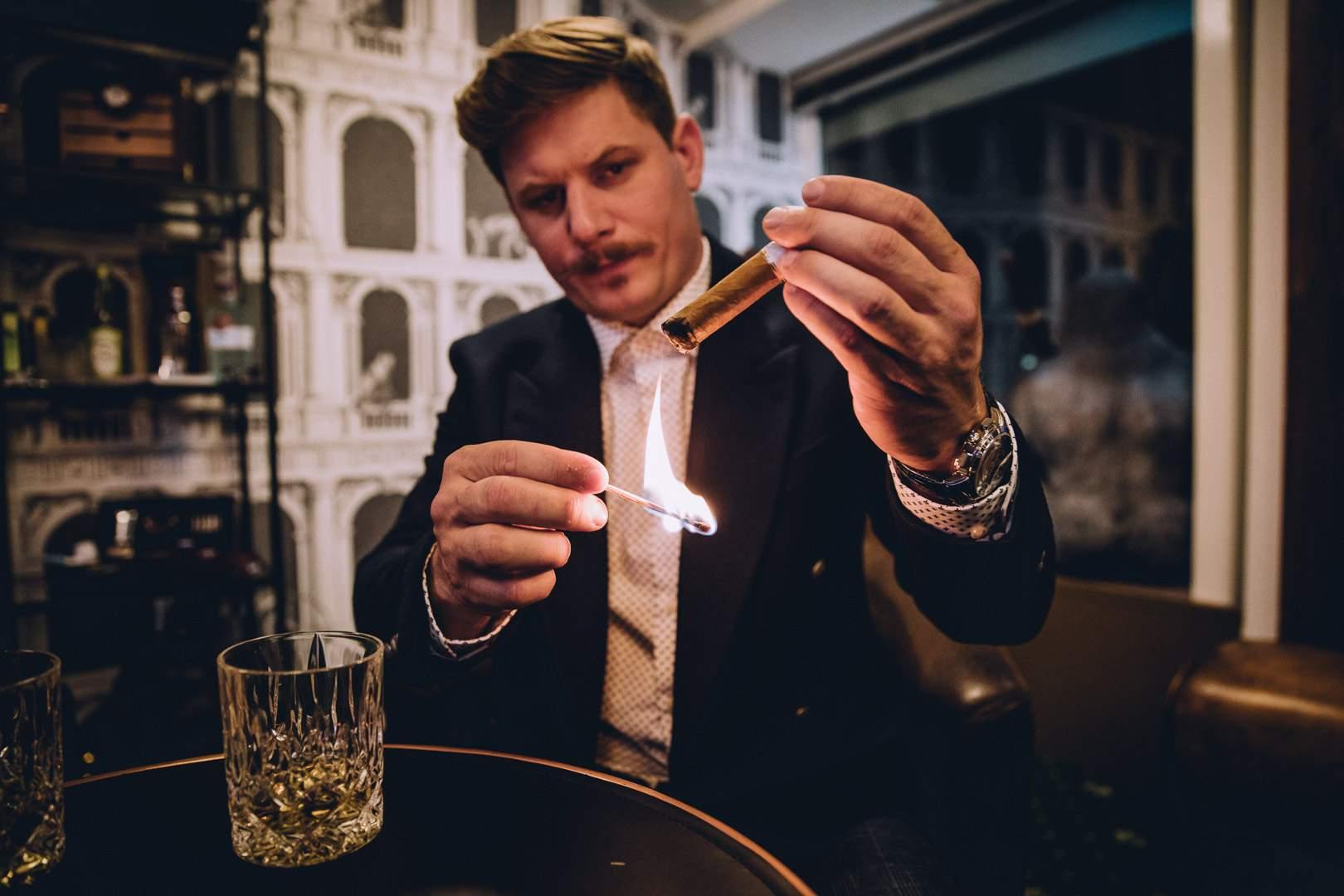Tobacco has been smoked for millennia. During the 19th century, Gustav Bock established a groundbreaking innovation with his cigar banderole made from paper. After his death, the Bock y Ca. brand was forgotten. VILLIGER revived the Bock cigars 88 years after Bock’s death.
The exact origins of tobacco smoking are unknown. However, in South America, tobacco has been smoked for millennia, in pipes, as well as other forms. Back then, it served less as a luxury item and more for treating diseases, but also for honoring or communicating with gods.
Tobacco distribution and first European factory
The first European that came into contact with tobacco smoking was Christopher Columbus. The colonization started by Columbus heralded the beginning of seafarers bringing tobacco to North American colonies, and from 1519 onwards to Europe as well. However, it took another two centuries before the first tobacco factory was built in Europe – in 1720, the “La Corona” in Seville. From there until the 19th century, the industry grew into one of the most important in Europe. For a long time, the Spaniards kept tobacco “under lock and key.” However, the Dutch, along with the French, got hold of tobacco by hijacking Spanish ships.
Cigars become luxury items
Europe’s introduction of significant import taxes in the 19th century elevated foreign cigars to luxury items, and the demand for quality cigars grew steadily. That is why more-and-more cigars were imported from Cuba, with its specialist knowledge and artistry, and not from Spain. This boom led to the creation of over 400 cigar manufacturers, however, without a brand name since these cigars were exported as mass merchandise.
Banderole, a groundbreaking direction
In 1854, the German cigar artisan Gustav Bock emigrated to Cuba and developed the banderole made from paper. He did so not only to protect his cigars with a unique selling point but also the particularly delicate hands of the ladies and the white gloves of the high society. Even though the cigar banderole had existed since the 18th century; however, not made from paper but silk cloth, for example, as used by Catherine the Great.

Competition grows, quality increases
As early as the 19th century, cigars had faced growing competition from cigarettes and paper cigars. This competition increased in 1880 as tools and machines found their way into the production of cigarettes.
Many factories faced challenging times as a result of the Cuban War of Independence, fought from 1895 to 1898. Gustav Bock utilized this fact, bought factories, founded the Havana Cigar and Tobacco Factories Ltd., and thus ended Spanish supremacy. In 1902, the talented strategist focused the production of 23 factories on seven locations and the tobacco processing on a single manufactory. Bock significantly increased the efficiency and quality of his cigars as a result.
Gustav Bock the end of an era
In 1910, Gustav Bock dies, and the Bock y Ca. is slowly sinking into oblivion. In the 1920s, the entire cigar industry tries to reclaim the tobacco market through industrialization. However, the quality suffers significantly as a result of the mechanical production of cigars. Therefore, Cuban cigar factories, in particular, are starting to protect their high-quality, hand-made cigars with guarantee seals.
VILLIGER revives Bock y Ca.
In 1998, the VILLIGER Söhne AG took over the Bock y Ca. Eighty-eight years after Gustav Bock’s death, VILLIGER Söhne AG breathes new life into the Bock y Ca. and gives the traditional brand a fresh and modern look. Using the interplay of subtle beige and intense blue, Bock cigars should continue to delight lovers of mild Dominican cigars in formats like Corona, Robusto, Panetela, and Churchill. VILLIGER gave the Bock cigar box its new, contemporary look 30 years after the takeover of the traditional brand.
Please let us know if you enjoyed this article. Feel free to share the article on social media.